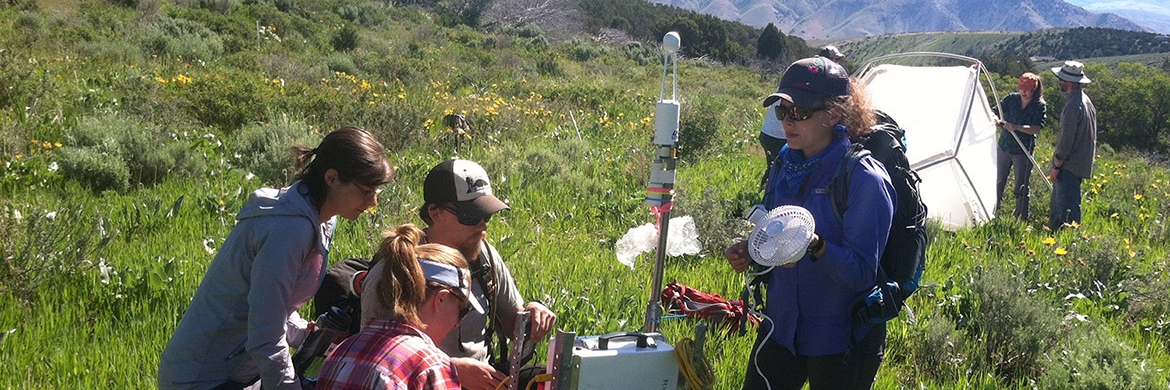
Field Methods for Environmental Sciences
Providing an intensive, two-week introduction to the tools and techniques used in Environmental Sciences
The field-based course is targeted towards junior and senior level undergraduates and graduate students in fields of Earth and Environmental and Sciences, Geology, Ecology, Biology and Civil and Environmental Engineering.
Students will gain hands on experience with the design, deployment and maintenance of environmental sensing and sampling tools with a focus on measuring 'Critical Zone' processes. With data of varying spatial and temporal resolution and duration in hand, students will use GIS mapping, spreadsheet analysis and the principles of conservation of mass and energy to generate proposals for how to measure an annual water and carbon budgets in a small watershed.
Class assignments are project-based and prepare students to do baseline monitoring or assessments as an environmental consultant or employee within a state or federal agency. Findings will be presented at the end of the course to stakeholders from the local community, management agencies and municipal government.
Because Gibson Jack Creek provides domestic water supply to the city of Pocatello and is sited at the interface between urban development and fire-prone wild land, it serves as an ideal location study the feedbacks between social and ecological systems through the lens of Idaho's ecosystem services.
Partial support for this course comes from Idaho's NSF-EPSCoR Award No. IIA-1301792, the NSF-supported Reynolds Creek Critical Zone Observatory, Award No. EAR-1331872 and the Ecological Society of America.

